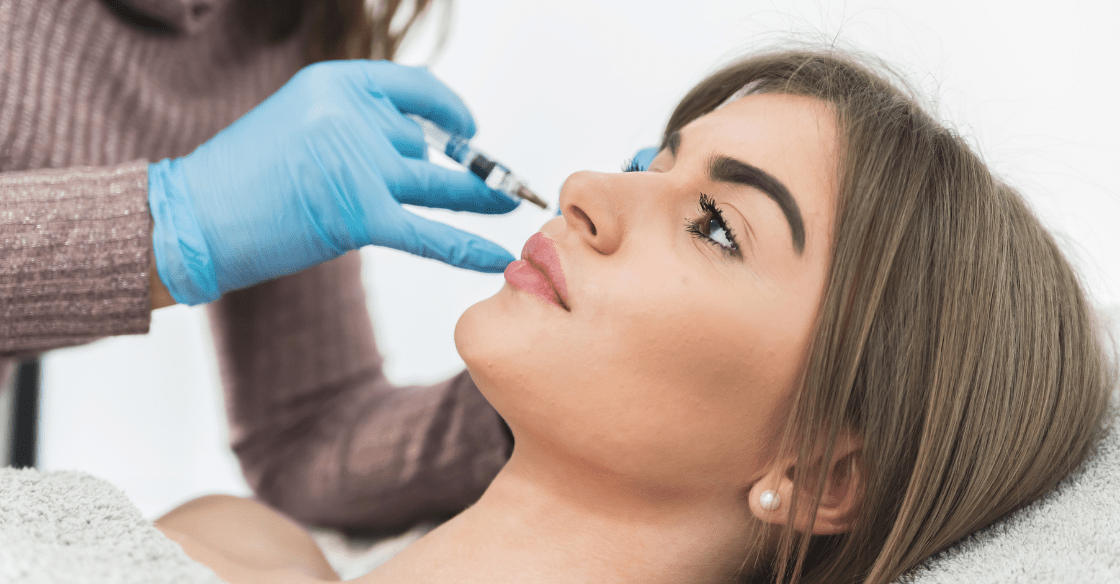Cosmetic dermatology focuses on procedures designed to improve the skin’s appearance. Through various treatments, dermatologists can address concerns like fine lines, wrinkles, volume loss, and skin texture. These procedures are typically minimally invasive and aim to enhance a person’s natural features. Among the most common options are injectable treatments, which offer a precise way to address specific aesthetic goals. Here’s more information on different types of injectables and how they can enhance your appearance:
Dermal Fillers
Dermal fillers are gel-like substances, often containing hyaluronic acid, that are injected beneath the skin’s surface. Dermal injectables‘ primary purpose is to restore lost volume, smooth lines, and enhance facial contours. As people age, the natural fat pads in the face can diminish, leading to a sunken or hollowed appearance in areas like the cheeks and under the eyes. Fillers can be strategically placed to replenish this volume, creating a fuller and more youthful look.
These treatments are also effective in softening the appearance of static wrinkles, which are the lines visible even when the face is at rest. Common areas for filler application include the nasolabial folds (lines running from the nose to the corners of the mouth) and marionette lines (lines from the corners of the mouth down to the chin). Fillers can be used for facial sculpting, like augmenting the cheeks or defining the jawline, to improve overall facial symmetry.
Neuromodulator Injections
Neuromodulators are a different category of injectables that work by affecting nerve signals in muscles. A widely recognized neuromodulator is Botulinum toxin type A, commercially known as Botox. These injections are primarily used to treat dynamic wrinkles, which are formed by repeated facial movements like smiling, frowning, or squinting.
How Botox Works
Botox functions by temporarily blocking the nerve signals to specific muscles where it is injected. This action prevents the muscle from contracting, which in turn causes the overlying skin to relax and smooth out. The procedure is precise, allowing a practitioner to target only the small muscles responsible for creating unwanted lines while preserving natural facial expressions. Botox effects are not permanent and typically last for several months, after which muscle activity gradually returns.
How Botox Benefits
The main benefit of Botox is its ability to reduce the appearance of dynamic wrinkles on the forehead, between the eyebrows (glabellar lines), and around the eyes (crow’s feet). Treatments are quick, often taking only a few minutes to administer, and require minimal downtime. Many individuals find it to be an effective way to address visible signs of aging related to facial expressions.
Sculptra Injections
Sculptra is a unique type of injectable that impacts collagen. Its active ingredient is poly-L-lactic acid (PLLA), a biocompatible substance that stimulates the body’s own collagen production. Sculptra gradually helps the skin rebuild its underlying structure, resulting in visible improvements that can take several months to appear.
It is often used to address more significant volume loss across larger areas, like the temples and cheeks. Sculptra treatments help restore a more youthful facial shape and improve skin structure. Some key benefits of Sculptra are:
- Stimulation of Natural Collagen Growth
- Gradual, Natural-looking Results
- Long-lasting Effects for Two Years or More
- Effective for Treating Widespread Volume Loss
Learn More About Injectables
Injectable treatments offer various ways to enhance one’s natural appearance, from restoring volume to smoothing wrinkles. Each type of injectable has a distinct function and is suited for different aesthetic goals. To determine the most appropriate injectable for your goals, consult with a cosmetic dermatologist.


Leave a Reply